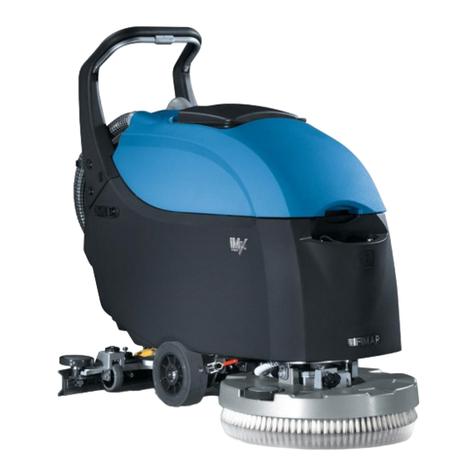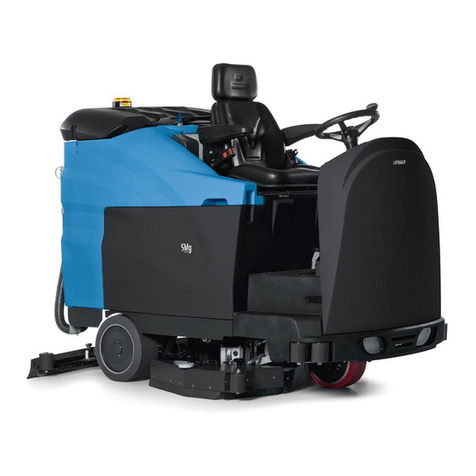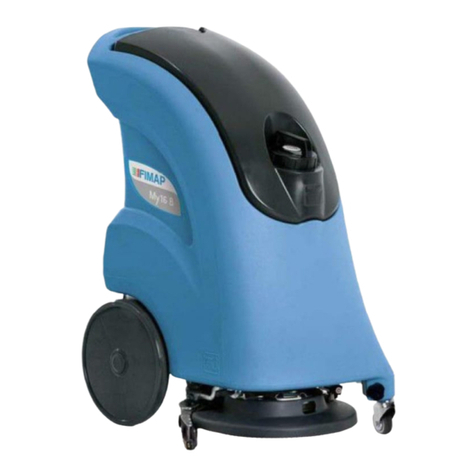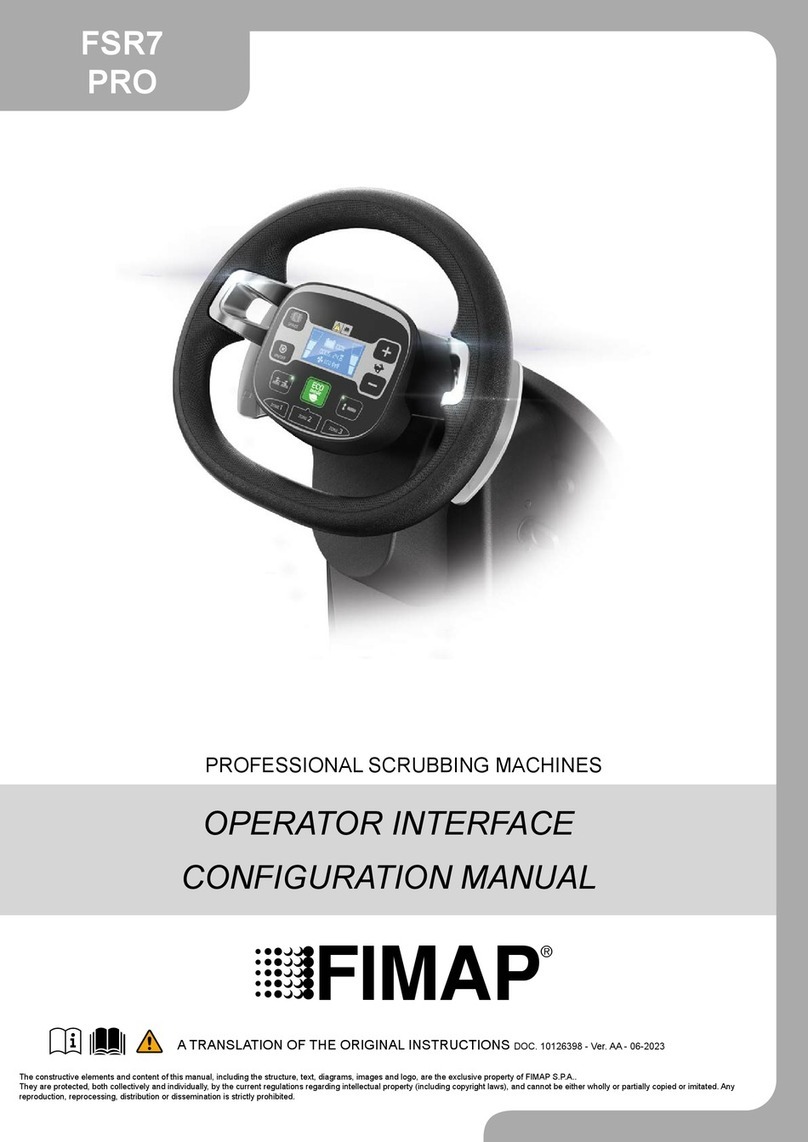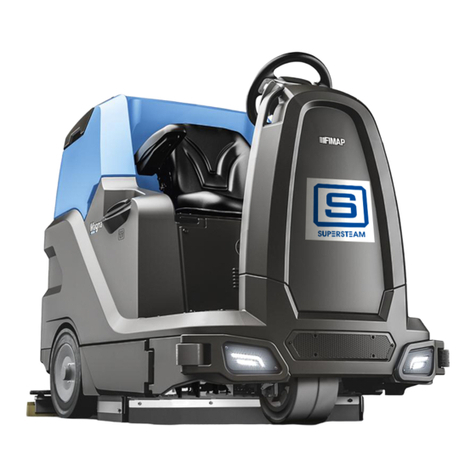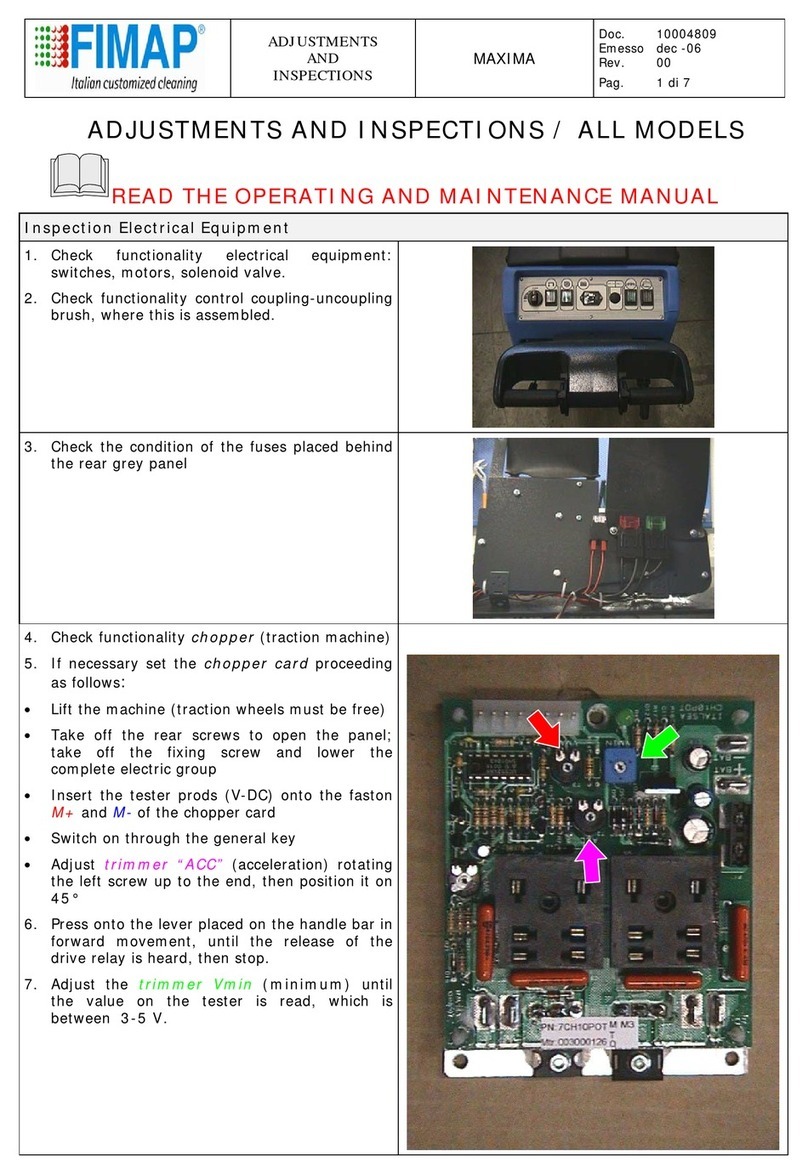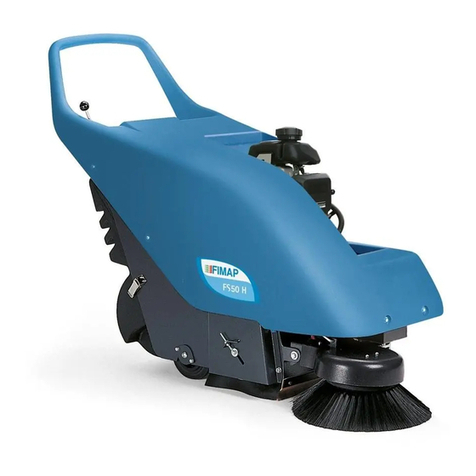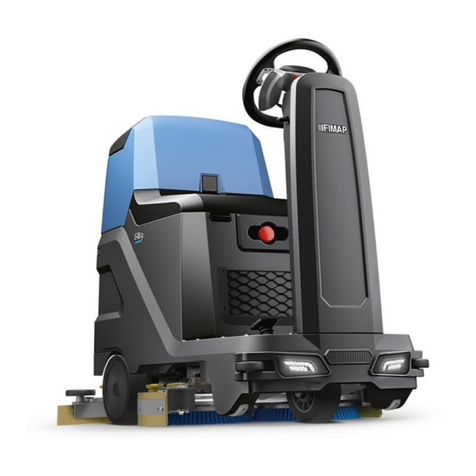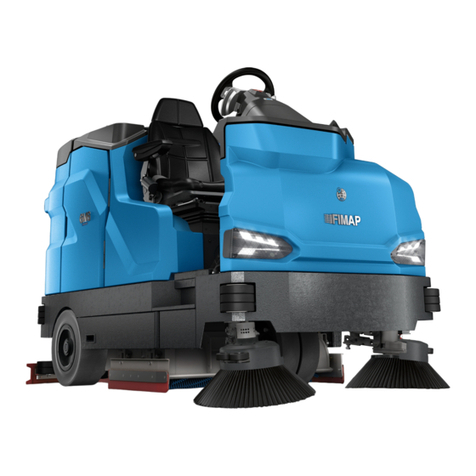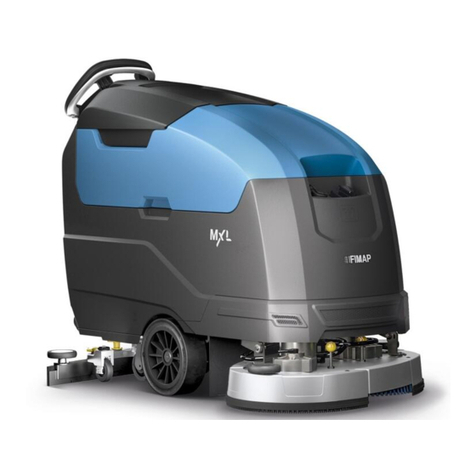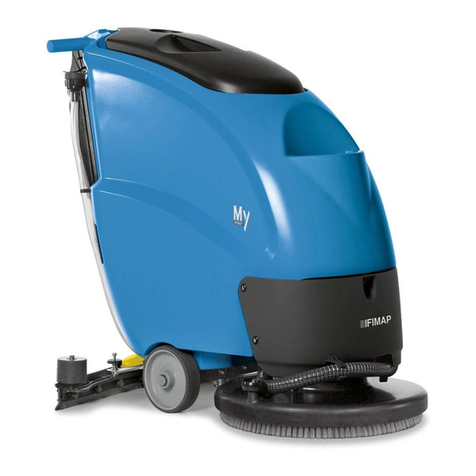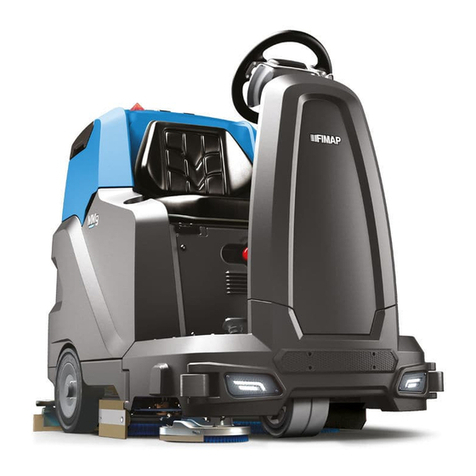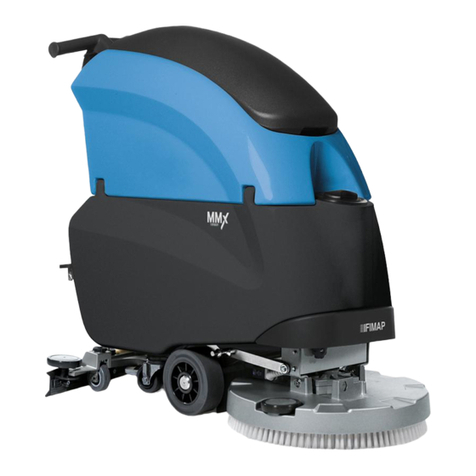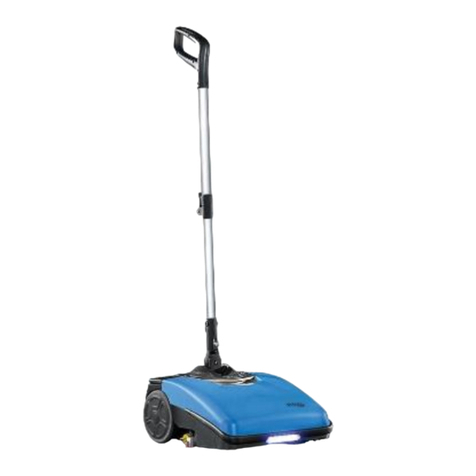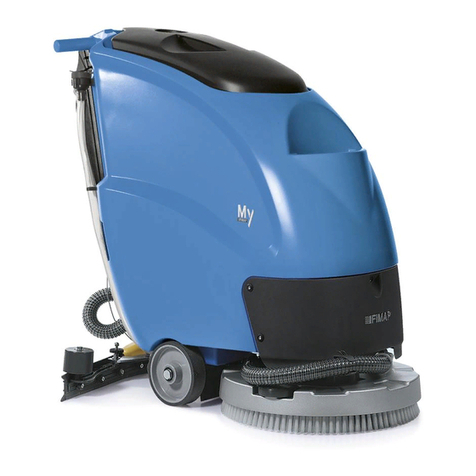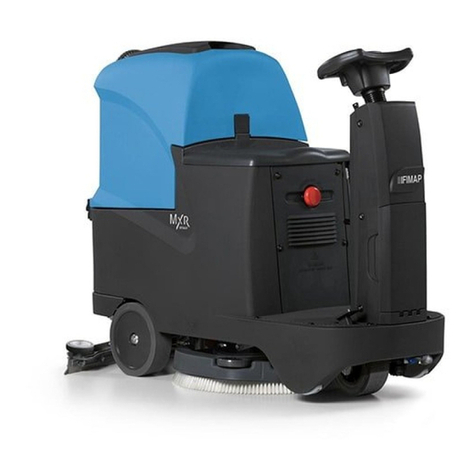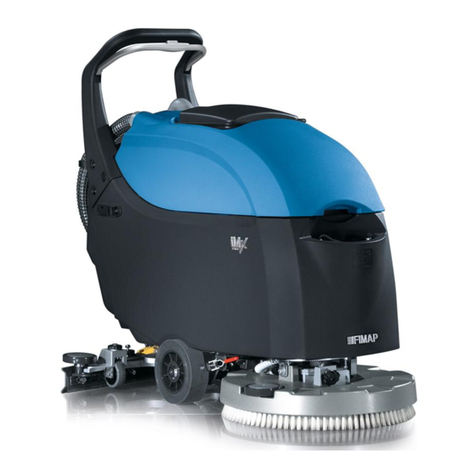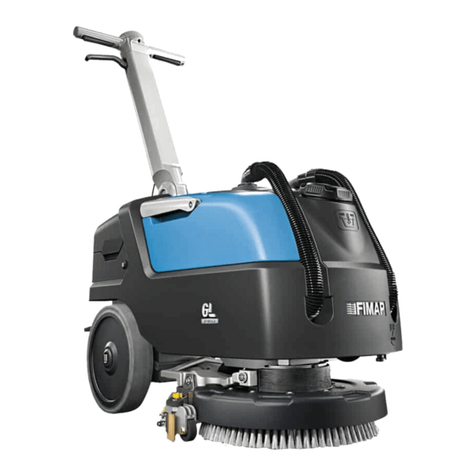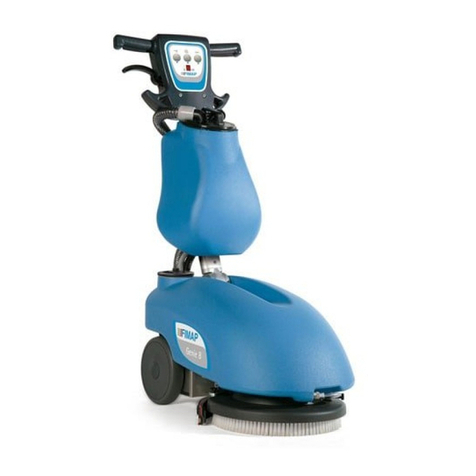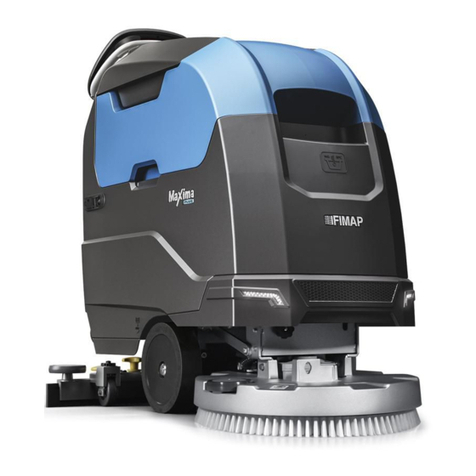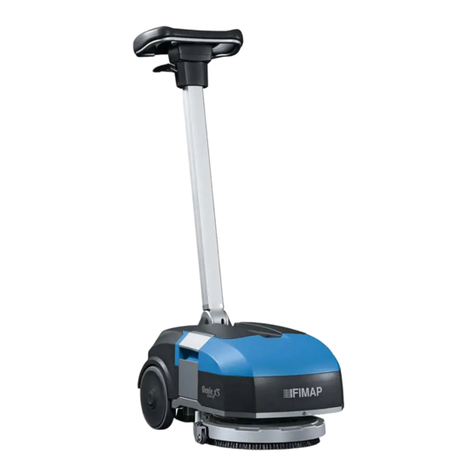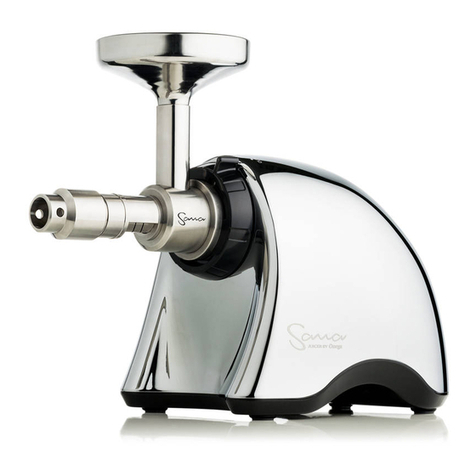
3
CONTENTS
ON CONSIGNMENT OF THE MACHINE.............................................................................................................................................5
SERIAL NUMBER PLATE.................................................................................................................................................................5
INTRODUCTORY COMMENT............................................................................................................................................................5
INTENDED USE ...............................................................................................................................................................................5
TECHNICAL DESCRIPTION..............................................................................................................................................................6
SYMBOLS USED ON THE MACHINE ................................................................................................................................................7
GENERAL SAFETY REGULATIONS ...............................................................................................................................................10
PREPARATION OF MACHINE ........................................................................................................................................................11
1. HANDLING THE PACKED MACHINE.............................................................................................................................................11
2. HOW TO MOVE THE MACHINE ...................................................................................................................................................11
3. INSTRUMENT PANEL COMPONENTS ..........................................................................................................................................11
4. STEERING COLUMN COMPONENTS ...........................................................................................................................................12
5. FOOTBOARD COMPONENTS .....................................................................................................................................................13
6. SEAT SUPPORT COMPONENTS .................................................................................................................................................13
7. REAR COMPONENTS OF THE MACHINE......................................................................................................................................13
8. FRONT MACHINE COMPONENTS................................................................................................................................................14
9. BATTERY TYPE........................................................................................................................................................................14
10. BATTERY MAINTENANCE AND DISPOSAL..................................................................................................................................14
11. HANDLING - INSERTING BATTERIES.........................................................................................................................................15
12. CONNECTING THE BATTERIES AND BATTERY CONNECTOR .......................................................................................................16
13. CONNECTING THE BATTERY CHARGER....................................................................................................................................16
14. BATTERY CHARGE LEVEL INDICATOR (BATTERY VERSION)........................................................................................................17
15. SERVICE BRAKE – PARKING BRAKE.........................................................................................................................................17
16. WORKING FORWARD SPEED...................................................................................................................................................18
17. SIDE BRUSHES......................................................................................................................................................................18
18. INCREASING THE PRESSURE ON THE BRUSH HEAD UNIT ..........................................................................................................19
19. SOLUTION TANK....................................................................................................................................................................19
20. FILLING THE DETERGENT SOLUTION TANK...............................................................................................................................19
21. REGULATING THE DETERGENT...............................................................................................................................................20
22. RECOVERY TANK...................................................................................................................................................................21
23. ASSEMBLING THE SQUEEGEE.................................................................................................................................................21
24. ADJUSTINGTHE SQUEEGEE INCLINATION.................................................................................................................................21
25. ADJUSTINGTHE SQUEEGEE HEIGHT........................................................................................................................................21
26. CYLINDRICAL BRUSH ASSEMBLY.............................................................................................................................................22
27. SIDE BRUSH ASSEMBLY .........................................................................................................................................................23
28. PRIMING THE DETERGENT PUMP............................................................................................................................................24
WORK...........................................................................................................................................................................................25
29. WORK...................................................................................................................................................................................25
30. BRAKING SYSTEM OIL LEVEL ..................................................................................................................................................26
31. CHOPPER CIRCUIT BOARD FAULT ...........................................................................................................................................26
32. SOLUTION TANK EMPTY .........................................................................................................................................................26
33. BRUSH HEAD MOTOR UNDER PRESSURE.................................................................................................................................26
34. SIDE BRUSH HANDLING..........................................................................................................................................................26
AT THE END OF THE WORK..........................................................................................................................................................27
35. AT THE END OF THE WORK.....................................................................................................................................................27
DAILY MAINTENANCE...................................................................................................................................................................29
36. CLEANING THE VACUUM MOTOR FILTER..................................................................................................................................29
37. CLEANING THE RECOVERY TANK............................................................................................................................................29
38. CLEANING THE SQUEEGEE.....................................................................................................................................................30
39. CLEANING THE SOLUTION TANK FILTER...................................................................................................................................30
40. CLEANING DEBRIS HOPPER AND HOPPER VACUUM FILTER .......................................................................................................31
WEEKLY MAINTENANCE...............................................................................................................................................................32
41. CLEANING THE VACUUM HOSE ...............................................................................................................................................32
42. CLEANING THE SOLUTION TANK..............................................................................................................................................32
43. DETERGENT TANK CLEANING .................................................................................................................................................33
